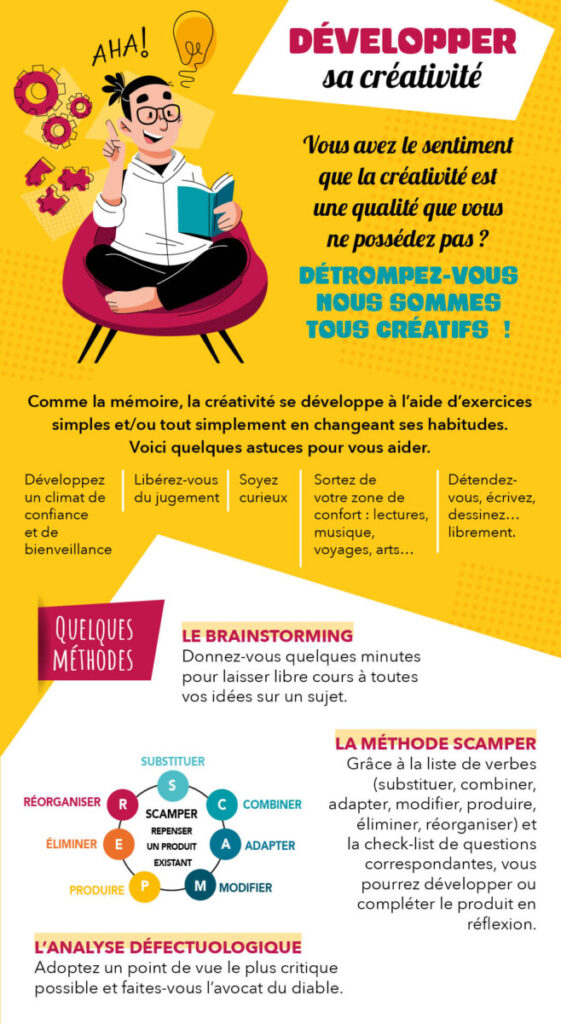You are extremely effective at turning ideas into reality and achieving objectives, thanks to meticulously developed, detailed and practical action plans.
No creative chaos with you. However, you could allow yourself to add a dose of flexibility to your daily routine
professional. Letting go can stimulate your imagination and give you a sense of purpose.
enable you to incorporate even more innovative ideas into your projects.

Your strengths
Effectiveness in bringing projects to fruition and achieving objectives
You know how to structure a project to optimise the resources and time available. You ensure that each stage of the process contributes directly to achieving the objectives. You have two essential qualities: concentration and determination.
Ability to implement action plans
detailed and practical
You break down complex tasks into simpler steps and define concrete actions to be taken. Rigorous planning and anticipation of needs and risks ensure smooth, methodical execution. Your results are effective and measurable.
→ A solid and effective creative profile
Your organisational skills enable you to free your mind to concentrate on the most creative aspects of the projectalone or as part of a team. By providing a clear, structured framework, you facilitate the exchange of ideas, thereby stimulating collective creativity. You also create a framework conducive to experimentation. It becomes possible to take calculated risks and test new approaches without compromising the overall progress of the project. Finally, your rigorous planning reduces the stress associated with uncertainty and the unexpected.
→ Less stress also means more energy to devote to creation.
Your areas for improvement
Incorporate more flexibility into your approach to enrich your projects
A word of caution: your organisational skills should not be turned into rigidity. Adopting a more flexible approach can enable you to turn the unexpected into a source of inspiration and seize emerging opportunities. This requires sufficient flexibility to adjust your plans along the way. Learn to welcome elements of surprise and novelty with equanimity, as they can make the difference between a good project and an exceptional one.
The best ideas can sometimes emerge from unexpected situations.
Open up your field of possibilities
Don't be afraid to explore areas outside your comfort zone. Cultivate your curiosity: meet other company employees working in other departments. Explore new methodologies such as design thinking. Take part in creativity workshops or innovation training courses.
The training reflex
Knowing how to let go and step back
Why let go? To channel energy, identify areas of tension and broaden your view of others and events.
Design thinking: stimulating innovation within the company
Discover an innovation approach inspired by agile methods, which puts people at the heart of the process.
To find out more
Article

Letting go does not mean giving up or losing control, but rather focusing on what you can change.
In practical terms, how do you let go? Establish priorities by identifying what is essential for you, know how to say no without feeling guilty...
What are the results? Immediate and tangible. Decisions are more rational and conflict management more effective. Putting things into perspective allows you to gain perspective, think more clearly and come up with the best solution.

